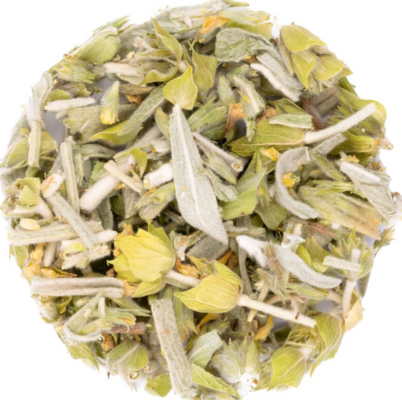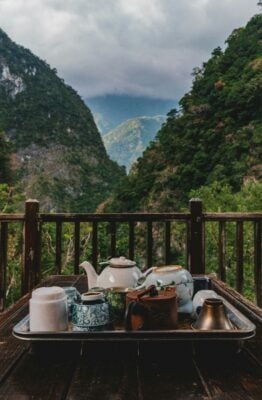It is often said that anywhere between 75 to 95 percent of taste is due to our ability to smell. While this might not be completely accurate, the aroma of tea often plays an important part, and very few teas do it better than Jasmine tea. The beverage, usually with a green tea base (although other teas are also possible), is sweet, has a strong fragrance, and is the most famous scented tea in China. These days it is an unmissable addition to many tea shops all over the world.
So where does jasmine tea come from? It is believed that the Jasmine plant was first introduced to China during the Han Dynasty (202BC-220AD), where it was used to scent tea. However, jasmine tea did not find solid footing amongst tea consumers at large until the Qing Dynasty, around the same time China began exporting mass quantities of tea to the West.

Although Jasmine tea is produced throughout China, as well as in Japan, the most prestigious and high quality jasmine tea hails from the Fujian Province on the Southeastern coast of China. Fuzhou, its capital, has played a prominent role in the cultivation of jasmine tea, so much so that it is the city’s official tea beverage, and the jasmine flower is the municipality’s flower. Fuzhou’s mild and humid subtropical climate, a river basin surrounded by mountains, is perfect for growing the jasmine flower. It is planted on mountain slopes with elevation up to 3000ft below sea level, and is planted close to rivers.
The scenting of tea with Jasmine flowers can be quite intricate and has a centuries-old tradition. Thousands of flowers are harvested by hand during June, July and August evenings. Pickers make sure they only pick the flowers that are about to blossom. Once stored carefully, the flowers are layered with the tea leaves, and the cool night breeze then allows the buds to unfold, releasing the fragrance and beginning the scenting process. This is repeated a number of times depending on the tea’s quality, after which it is dried and made ready for packaging. Again it is a very delicate process, just to give you an idea, for every kilo of Jasmine tea up to 7 kilos of fresh jasmine flowers are used, and every step has to be executed perfectly to create the best quality jasmine tea.
Aside from its sweet and fragrant taste, there is a final reason to think about drinking Jasmine tea: Jasmine tea, particularly when made with green tea, has a number of health benefits. Not only is tea relaxing and tranquilizing because of an ingredient called linalool, the green tea also provides it with an abundance of antioxidants as well as a specific type of polyphenol which has tentatively been linked to cancer treatment, heart-issue treatment and weight loss.



